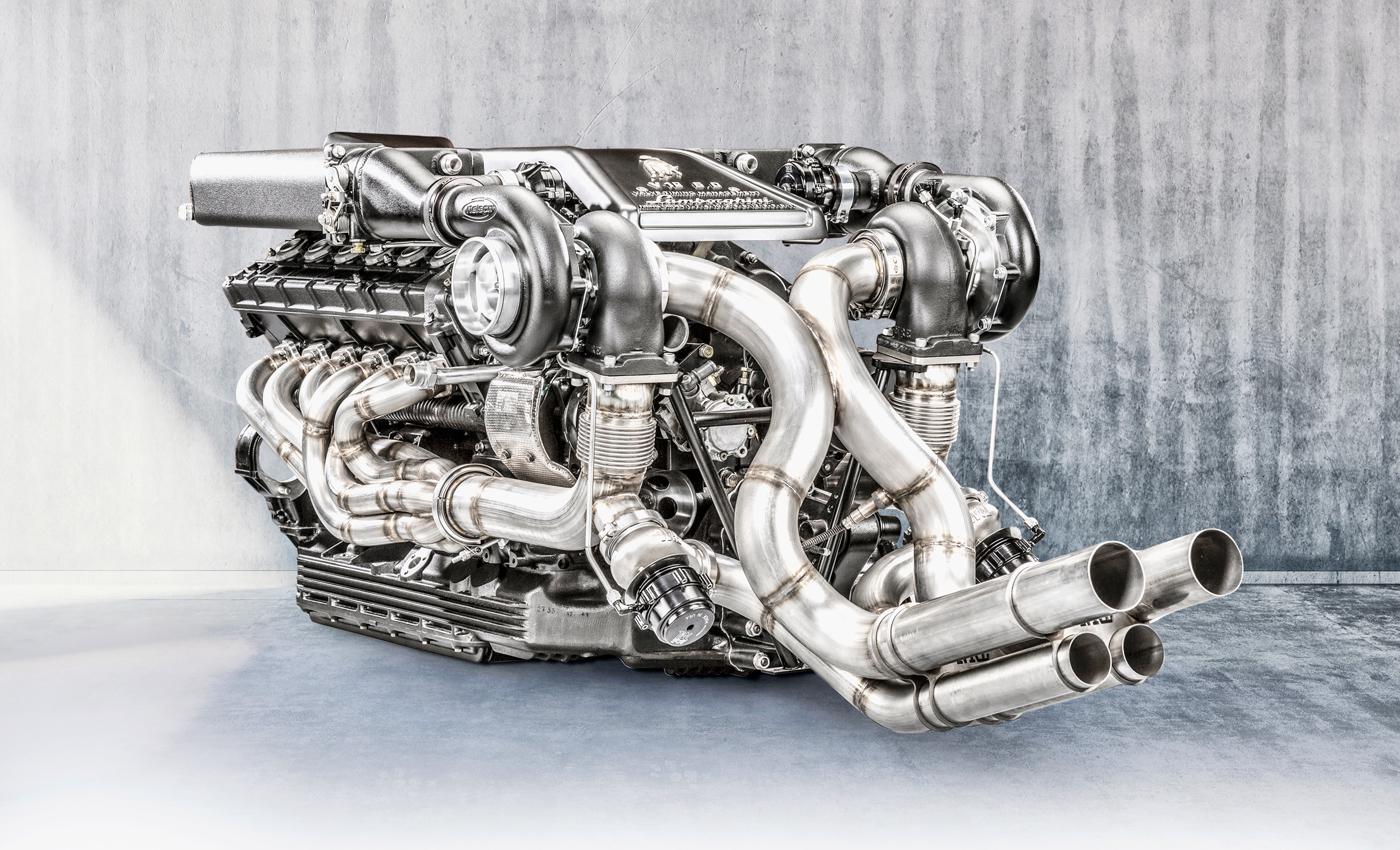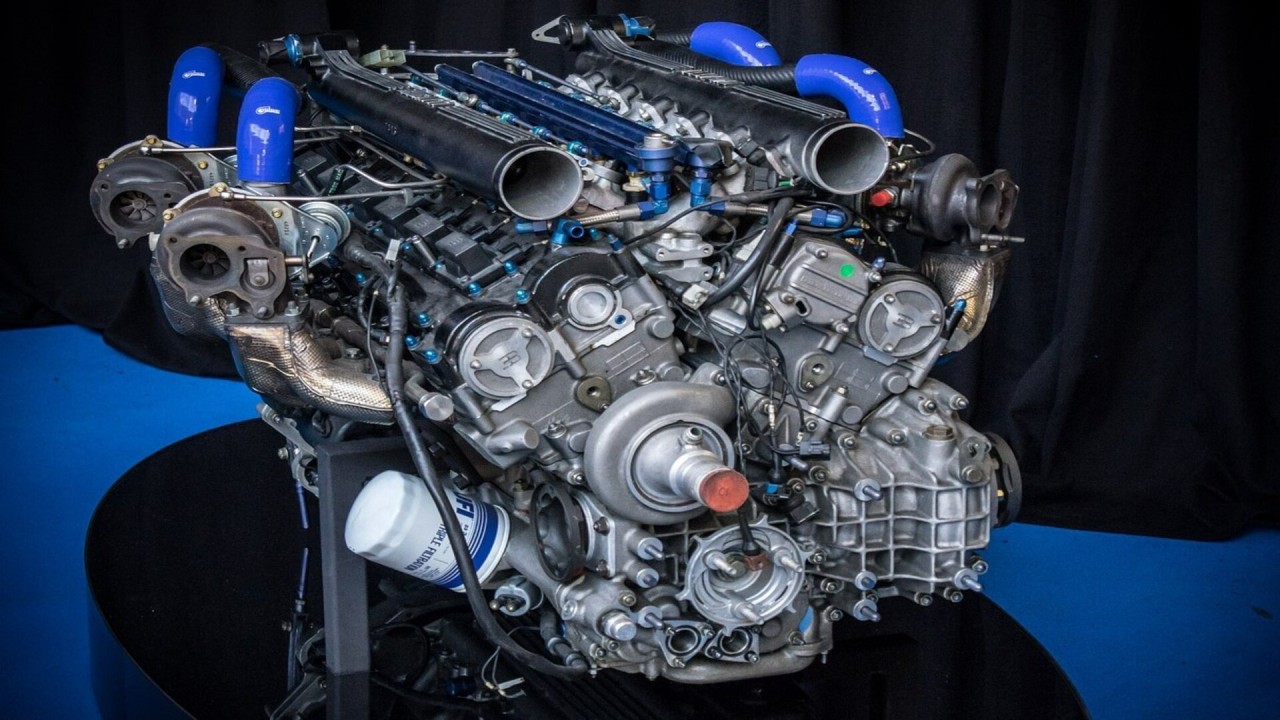Engines for Africa: Your Ultimate Car Parts Store for High Quality Vehicle Parts
Engines for Africa: Your Ultimate Car Parts Store for High Quality Vehicle Parts
Blog Article
The Pursuit for Ultimate Driving Power: Examining the Peak of Engine Efficiency and Technological Breakthroughs in the Automotive Industry
In the realm of auto design, the search of maximum driving power has been a ruthless pursuit that has unravelled via the development of engine layout and the assimilation of innovative innovations. From the careful craftsmanship of burning engines to the rapid innovations in electrical propulsion systems, the automobile market stands at the cusp of a new era defined by unprecedented efficiency capacities. As engineers and researchers delve much deeper right into the realms of computational fluid dynamics and check out innovative fuel technologies, the horizon of opportunities increases tremendously. Remain tuned as we unravel the elaborate tapestry of technical innovations that are shaping the future of automobile power and performance.
Development of Engine Design

Furthermore, the integration of turbocharging and turbo charging modern technologies has revolutionized engine design by enhancing power without dramatically raising engine dimension. These forced induction systems compress the intake air, enabling more fuel to be ignited, therefore creating greater power result from a smaller engine. This advancement has been specifically essential in improving the efficiency of smaller sized displacement engines while keeping gas efficiency criteria.

Performance-Enhancing Gas Technologies
The execution of sophisticated fuel innovations has considerably added to enhancing engine performance in modern lorries. From traditional gasoline and diesel to innovative biofuels, synthetic gas, and hydrogen, the automotive field is experiencing a transformation in fuel alternatives. Biofuels, originated from eco-friendly resources like corn, algae, or sugarcane, offer decreased exhausts and boosted engine efficiency. Artificial gas, produced with chemical procedures, provide high octane scores, improving power result. Hydrogen gas cells, although still in the beginning of fostering, show terrific assurance because of their zero-emission nature and capacity for high efficiency. Additionally, fuel additives and detergents are being formulated to clean engine elements, enhance combustion, and decrease rubbing, thus boosting overall automobile performance. With ongoing study and growth, the pursuit for the best driving power continues, as engineers strive to open the complete capacity of performance-enhancing gas innovations in the auto market.
Developments in Electric Propulsion
Considerable strides in electrical propulsion innovation have actually transformed the automotive sector, paving the way for a new era of reliable and lasting transportation. Electric vehicles (EVs) are obtaining popularity because of their ecological advantages and developments in battery modern technology, making it possible for longer driving ranges and shorter charging times. Producers are spending greatly in research study and growth to boost the efficiency of electric propulsion systems, concentrating on enhancing power result, boosting energy efficiency, and lowering overall weight.
One noteworthy innovation in electric propulsion is the development of innovative electric motors that supply greater torque and power thickness, resulting in enhanced velocity and general driving performance. In addition, regenerative stopping systems have been improved to save and catch energy throughout slowdown, further boosting the effectiveness of EVs.
Moreover, the assimilation of clever modern technologies, such as fabricated intelligence and anticipating analytics, is maximizing the monitoring of electrical propulsion systems, guaranteeing optimal performance under various driving problems. These developments in electrical propulsion are reshaping the vehicle landscape, driving the sector towards an extra lasting and energized future.
Influence of Computational Fluid Characteristics
With innovations in electric propulsion pushing the boundaries of auto technology, the integration of Computational Liquid Characteristics is playing a crucial function in optimizing aerodynamic performance and improving overall effectiveness in lorry style. Computational Fluid Dynamics (CFD) involves using computer simulations to examine the flow of air around a vehicle, enabling designers to forecast exactly how style modifications will certainly influence the rules of aerodynamics without the demand for costly physical prototypes. By precisely modeling air movement patterns, CFD enables for the refinement of lorry shapes to decrease drag, boost cooling, and improve stability.
One key benefit of utilizing CFD in automobile style is the capability to repeat swiftly, exploring various layout variants to determine one of the most aerodynamically effective solutions. This repetitive procedure causes vehicles that check my reference are not just sleeker and much more visually appealing however additionally extra fuel-efficient and eco-friendly. CFD makes it possible for engineers to maximize airflow around parts such as radiators, engine bays, and wheel wells, adding to boosted performance and overall driving experience. In conclusion, the combination of Computational Fluid Dynamics represents a considerable progression in the quest for best driving power and effectiveness in the automobile market.
Future Fads in Engine Development
In the dynamic landscape of automotive engineering, innovative improvements are shaping the future trajectory of engine innovation. The future of engine design is marked by a solid emphasis on performance, performance, and sustainability. Manufacturers are increasingly concentrating on developing engines that not only deliver high power outputs however also prioritize environmental obligation by reducing exhausts and enhancing fuel effectiveness.
One prominent trend in engine advancement is the increase of electrification. Crossbreed and electric powertrains are getting traction as viable choices to traditional burning engines. These technologies offer the potential for substantial decreases in carbon exhausts and enhanced energy effectiveness, lining up with international initiatives to combat climate change.
Moreover, advancements in materials scientific research and manufacturing methods are enabling the manufacturing of lighter and extra durable engine elements. This shift read review towards light-weight products such as carbon fiber and aluminum alloys adds to improved performance and fuel economic climate.
Final Thought
In final thought, the pursuit of utmost driving power in the auto industry remains to drive advancements in engine layout, gas modern technologies, electric propulsion, and computational liquid dynamics. The evolution of these modern technologies is forming the future of engine advancement, leading the way for more effective and reliable vehicles (engines for africa). As the market proceeds to press the limits of what is important site possible, we can anticipate to see a lot more innovative growths in the quest for peak efficiency
One of the vital landmarks in engine layout evolution is the shift from typical carbureted engines to contemporary fuel-injected systems. By specifically metering the gas distribution to each cyndrical tube, fuel-injected engines optimize burning, resulting in far better efficiency and decreased ecological influence.
Furthermore, the integration of turbocharging and supercharging technologies has changed engine layout by increasing power without dramatically increasing engine size (engines for africa).The implementation of advanced gas modern technologies has dramatically added to improving engine performance in modern-day vehicles. Furthermore, fuel ingredients and cleaning agents are being created to tidy engine components, enhance combustion, and minimize rubbing, consequently increasing total car efficiency
Report this page